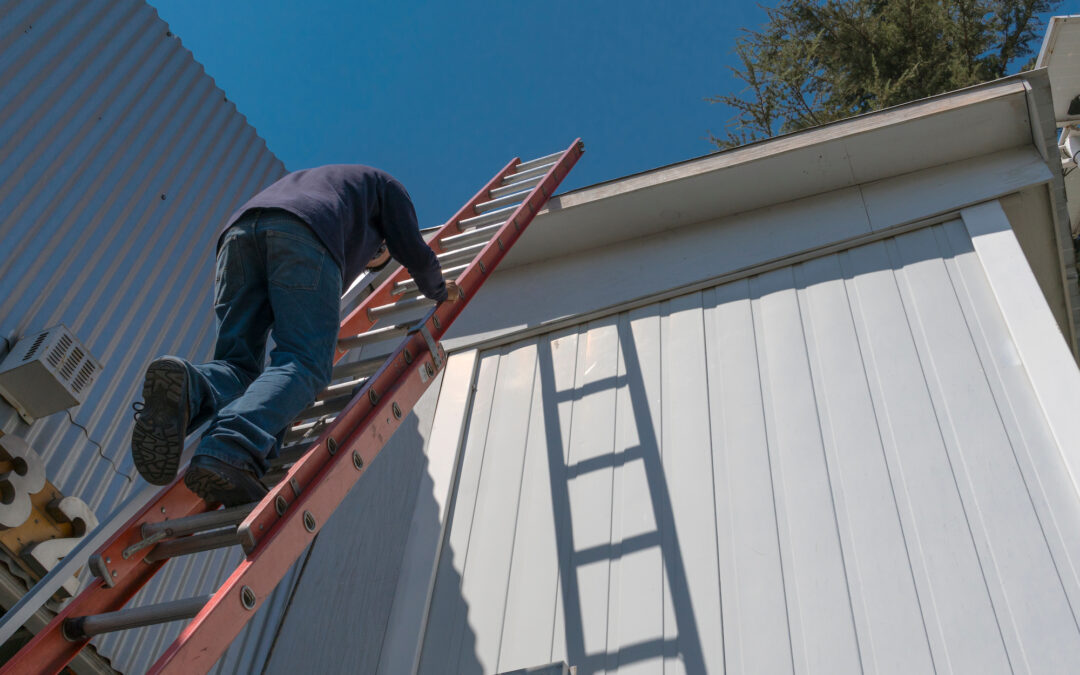Ladders are very useful tools around the workplace as well as around the home. This common tool is responsible for causing injury or death to the worker or co-worker if NOT used correctly. Possible accidents include falling from the ladder, or coming in contact with overhead power lines or other sources of electricity. Falls are among the leading causes of injury in the workplace. These accidents can often be prevented by awareness of the hazards associated with ladders, and following safety practices. OSHA has specific rules and guidelines that apply to ladders used in the workplace. These guidelines take into consideration the ANSI Standards for Load Ratings, and only those ladders that meet the maximum weight capacity for industrial grade-general use are covered under the OSHA guidelines.
Discussion Points:
• Hazards associated with ladders
• OSHA Guidelines and ANSI Standards
• Select the proper ladder for the job
• Follow company rules and regulations and manufacturer guidelines
• Always inspect the ladder before using it
Discussion:
Workers are able to perform their jobs more efficiently and productively when they have selected the proper ladder for the task. Choosing the correct ladder for the job is essential. The type of ladder to use will depend on how high you will need to climb to accomplish the task. Before using any ladder, assess the work area and determine what you are trying to accomplish. A common mistake often leading to injury is using a ladder that is too short or too long, so determine exactly what type and size ladder is needed to safely do the work and choose wisely.
Always inspect the ladder before using it and never climb a damaged ladder! If the ladder is damaged, it is recommended to replace it with a new ladder. Never use an aluminum ladder around electricity, follow the company rules and regulations, and manufacturer guidelines, and always think before you climb.
As always, be safe out there!


Recent Comments